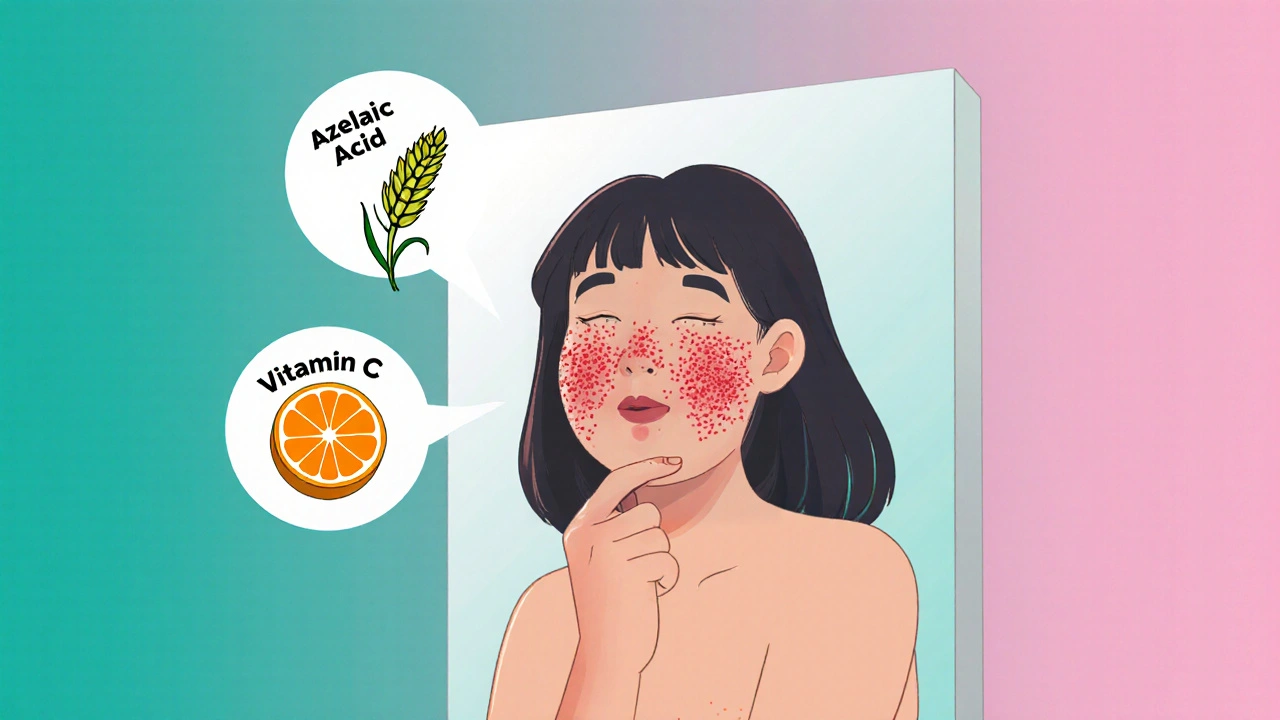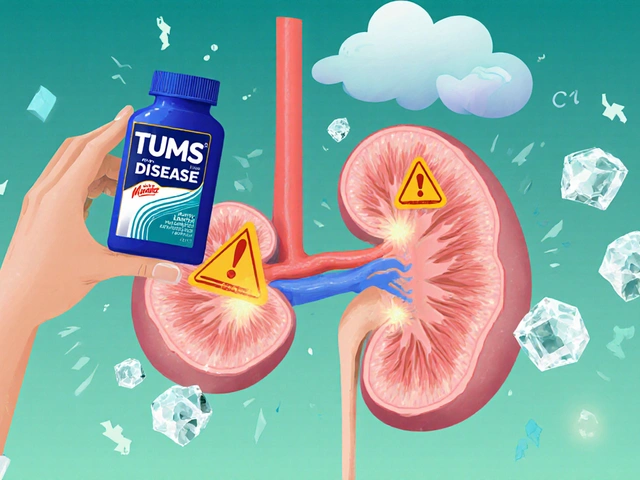Rare Cases Where Staying on Brand Is Better: Individual Customer Response Analysis
November 26 2025Azelaic Acid – Uses, Benefits, and What You Need to Know
When working with Azelaic Acid, a naturally occurring dicarboxylic acid derived from grains that’s applied topically for skin concerns. Also known as Azelaic, it targets Acne, inflammatory and non‑inflammatory breakouts caused by clogged pores and bacteria and hyperpigmentation, dark spots that result from excess melanin after inflammation or sun exposure by calming inflammation, normalizing keratinization, and inhibiting melanin synthesis. In short, azelaic acid ↔ acne, azelaic acid ↔ hyperpigmentation, and azelaic acid ↔ retinoids (when combined) form a three‑way partnership that many skin‑care regimens rely on.
Why does this molecule matter? First, its dual antibacterial and keratolytic action tackles the two main drivers of acne: *Propionibacterium acnes* overgrowth and clogged follicles. Clinical trials show a 30‑45 % reduction in lesion count after eight weeks of twice‑daily use. Second, azelaic acid blocks the enzyme tyrosinase, which limits melanin production and fades existing spots without the irritation typical of hydroquinone. For people with sensitive skin, its pH‑balanced formula feels less harsh than stronger acids, making it a go‑to option for rosacea flare‑ups as well.
When you add azelaic acid to a broader skin‑care toolkit, consider these related entities: retinoids (vitamin A derivatives that boost cell turnover), salicylic acid (a beta‑hydroxy acid that unclogs pores), and niacinamide (a form of vitamin B3 that reduces redness). Each plays a distinct role, yet they all share the goal of clearer, more even skin. For example, a regimen might start with a salicylic cleanser in the morning, follow with azelaic acid to calm inflammation, and finish with a retinoid at night to accelerate renewal. The synergy between these agents helps users achieve faster results while minimizing side‑effects.
Safety is a common question, especially for newcomers. Azelaic acid is FDA‑approved for prescription‑strength 15‑% and 20‑% gels, and over‑the‑counter 10‑% creams are widely available. Most users experience mild tingling or temporary dryness, which usually subsides after a week. Patch testing on a small skin area is recommended for anyone with a history of eczema or allergic reactions. Compared with oral antibiotics, azelaic acid carries no risk of bacterial resistance, and unlike steroids, it doesn’t thin the skin over time.
Beyond medical uses, the cosmetic world has embraced azelaic acid for daytime routines because it doubles as a mild brightening agent. When layered under sunscreen, it adds an extra barrier against UV‑induced melanin spikes, effectively acting as a preventive measure for future spots. Dermatologists also prescribe it post‑laser or chemical peel to speed up healing and reduce post‑inflammatory hyperpigmentation. In short, whether you’re treating active breakouts, fading old marks, or simply polishing your complexion, azelaic acid fits neatly into both therapeutic and aesthetic plans.
Choosing the right product depends on concentration, vehicle, and personal tolerance. Gels tend to dry faster and feel less greasy, while creams provide additional moisturization for dry or mature skin. Look for formulations that list azelaic acid as the first ingredient to ensure adequate dosage. Pairing the product with a non‑comedogenic moisturizer can prevent the mild barrier disruption some users notice after the first few applications.
Below you’ll find a curated collection of articles that dive deeper into specific scenarios – from managing antidepressant‑induced sweating to comparing common dermatology treatments. Each piece offers practical tips, side‑effect overviews, and buying guides that complement the core information about azelaic acid presented here. Explore the list to see how this versatile acid stacks up against other options and how you can integrate it safely into your daily routine.
 23 Oct
23 Oct
Azelaic Acid & Vitamin C: The Ultimate Skincare Pairing
Discover how azelaic acid and vitamin C work together to clear acne, fade dark spots, and boost radiance. Get step‑by‑step routines, safety tips, and a quick comparison with other actives.
Read More...




